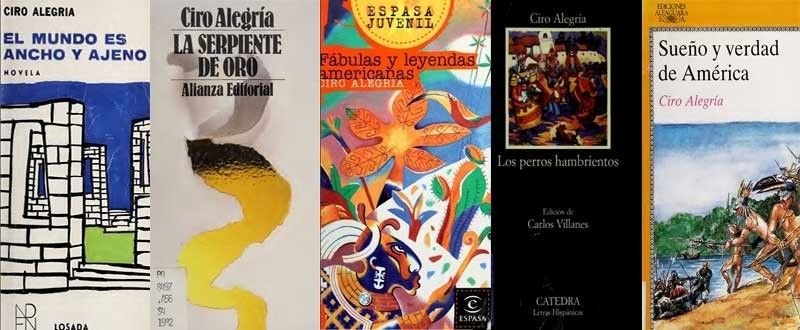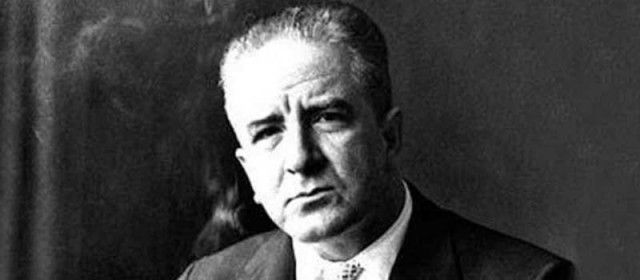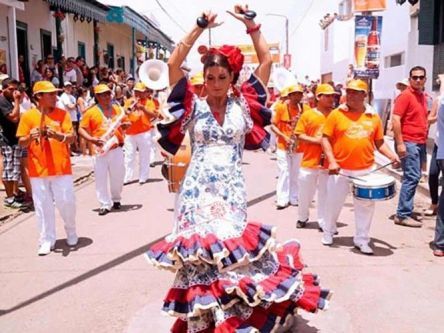The Peruvian writer and novelist Ciro Alegría Bazán gained international attention and recognition after winning the Latin American Novel Prize in 1941 for “El mundo es ancho y ajeno” (Broad and Alien is the World).
You can find a brief biography of Ciro Alegría Biography in our Peruvian Personalities & Founders section.
Apart from the novels and short stories that Ciro Alegría published in his lifetime, it should be noted that, because of the intense political and journalistic activity that occupied a large part of his life, the bulk of his written production is found in different newspapers of the time, and still there is no systematized study that collects it. An also significant part of Ciro Alegría's work (a short novel, fragments of novels, short stories, memoirs, etc.) has been published after his death, thanks to the work of his widow Dora Varona.
In the attachments at the end of this page you can download the following of his works:
La serpiente de oro (“The Golden Serpent”) - 1935
Landscapes have been a central element of many Latin American narratives. There is no shortage of illustrious works within that great literary tradition in which nature further reinforces its role as the omnipresent protagonist of the story. This is also the case in “La serpiente de oro”, the first novel by Ciro Alegría, published in Chile in 1935 and winner of the Nascimento Publishing Prize in the same year.
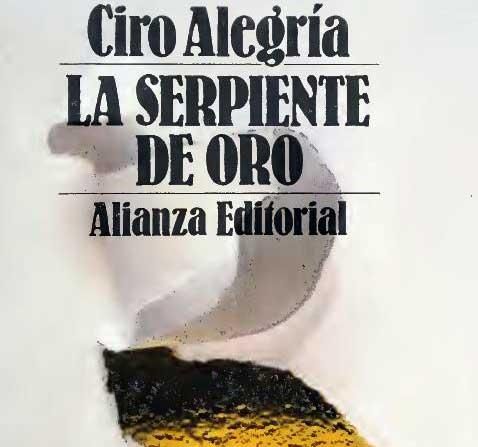
Based on a story entitled “La balsa”, it narrates the life of the inhabitants of the Calemar Valley, obsessively dominated by the presence of the Marañón. With its inexhaustible wealth, its mythical antecedents and its threatening force, the river is for the rafters the symbol and the center of their existence. The brilliant and elaborate prose of the great Peruvian writer creates a dazzling universe of colors, sounds and exuberant vegetation in which the danger of fever and fever lurks at every moment.
Los perros hambrientos (“The Hungry Dogs”) - 1939
“Los perros hambrientos” is the second novel of the famous trilogy by Ciro Alegría written in Chile during his exile. Some critics consider it to be one of the most beautiful and best structured of the three within the trilogy. The principal story addresses the subject of indigenes with greater clarity than in previous works of the writer.
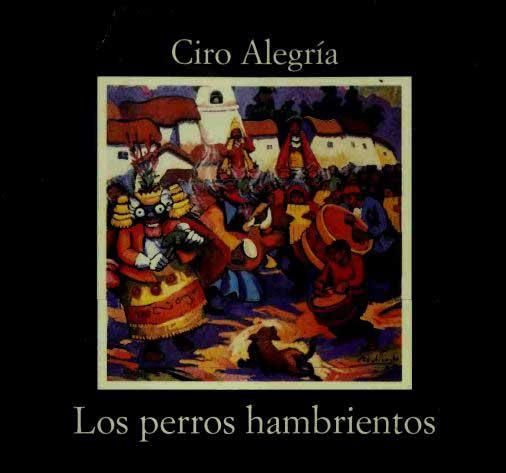
In addition, as other authors have well pointed out, it beats the drama of man and earth, of drought and starvation.
El mundo es ancho y ajeno (“Broad and Alien is the World”) - 1941
With El mundo es ancho y ajeno (“Broad and Alien is the World”), Ciro Alegría achieved international recognition. The book has been translated into eleven languages. A New York publisher and a French publisher issued a condensed edition for students of the Spanish language.
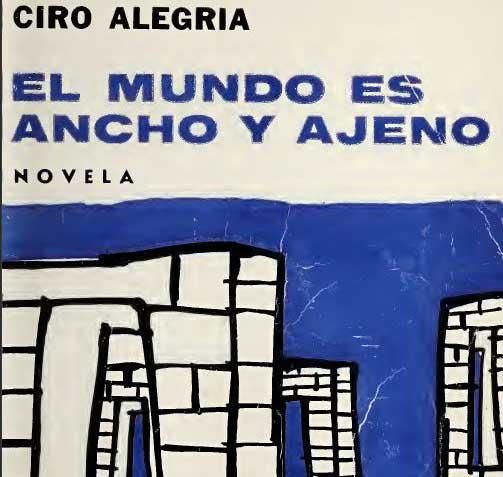
This novel about the Peruvian Indian had become an extraordinary bestseller in all countries. In the United States, the critic Lewis Gannett compared it to Knut Hamsun’s “Germination” and Jean Giono’s “Peasant Stories”. John Dos Passos said that this is one of the most impressive novels that I have read in Spanish. To which the New York Times replied: “It is a magnificent imaginative work, the characters and episodes of which will undoubtedly figure among the most memorable of our time”.
Novelas completas
This collection of the famous trilogy by Ciro Alegría includes the previously described novels: La serpiente de oro (“The Golden Serpent”), Los perros hambrientos (“The Hungry Dogs”) and El mundo es ancho y ajeno (“Broad and Alien is the World”).
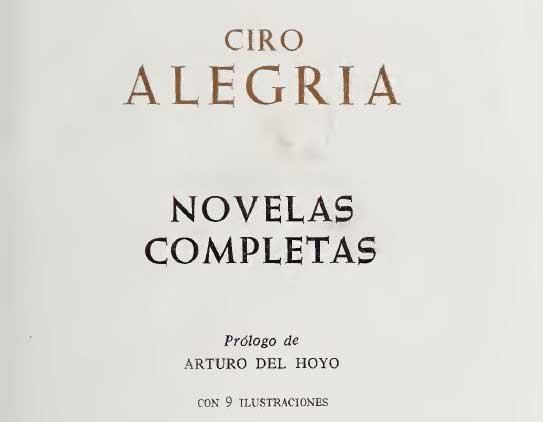
An extensive biography with a deep inside of Ciro Alegría’s life frames the collection of his most famous works.
After his death and based on writings inserted in the periodical press or unpublished manuscripts, his widow Dora Varona published the following works:
Sueño y verdad de América (“Dream and truth of America”) - 1969
How was the first American dream born? What is the truth of that gigantic continent? Such an eventful history of conquests, colonizations, and liberators, upon which an incessant flow of legend and poetry is poured, deserves renewed exploration.
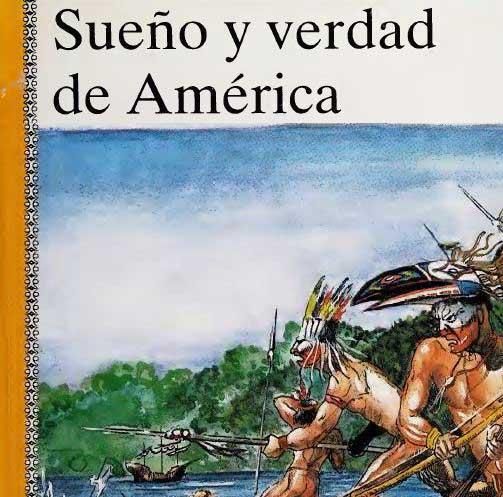
In “Sueño y verdad de América” Ciro Alegría tells us stories about the surprising first encounter with the Amazon River, characters, and events long hidden. We will hear about Rodrigo Niño, guardian of eighty-six galley slaves, and a mockery of pirates. Also, Eldorado, that fabulous country that Orellana, Pizarro’s lieutenant, claimed to have discovered between the Amazon and the Orinoco plays part of one story.
Lázaro (“Lazarus”) - 1973
In 1941, the Peruvian writer Ciro Alegría, who was then living in Chile in exile for his political activism, won the Latin American Novel Contest with “El mundo es ancho y ajeno”, organized by the Farrar & Rinehart Publishing House in New York. This international recognition established him as one of the greatest values of the continental narrative and spread his work beyond the borders of the Spanish language.
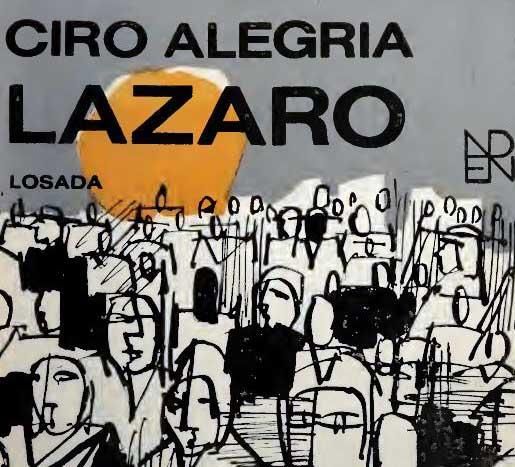
Indeed, two earlier short stories (La serpiente de oro, 1935, and Los perros hambrientos, 1939) had already earned him a limited but very firm celebrity status. “Lázaro” is a novel whose action is in the coastal region of Peru, especially Trujillo. As Henry Bonneville points out in his punctual prologue, “this time the author, broadening and transcending his indigenous vision of Peru, embarks on a great social-historical novel that, within a provincial and small-town environment, translates his own experience of social, trade union and workers’ struggles, and of the revolution “.
Fábulas y leyendas americanas (“American Fables and Legends”) - 1982
Native American folklore inspired the fables and legends that make up this anthology and describe a lively nature, great in its proportions and in the diversity of its landscapes. The ancient and powerful cultures of the Incas, the Mayas, or the Aztecs, survive in these legends that also reflect many aspects of the daily life of the Indian and his magical sense of life.
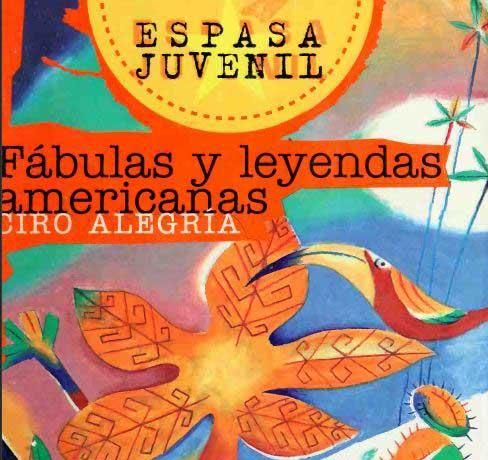
Dora Varona (Ciro Alegría’s widow) has selected seventeen stories in which imagination and fantasy predominate to explain reality.


